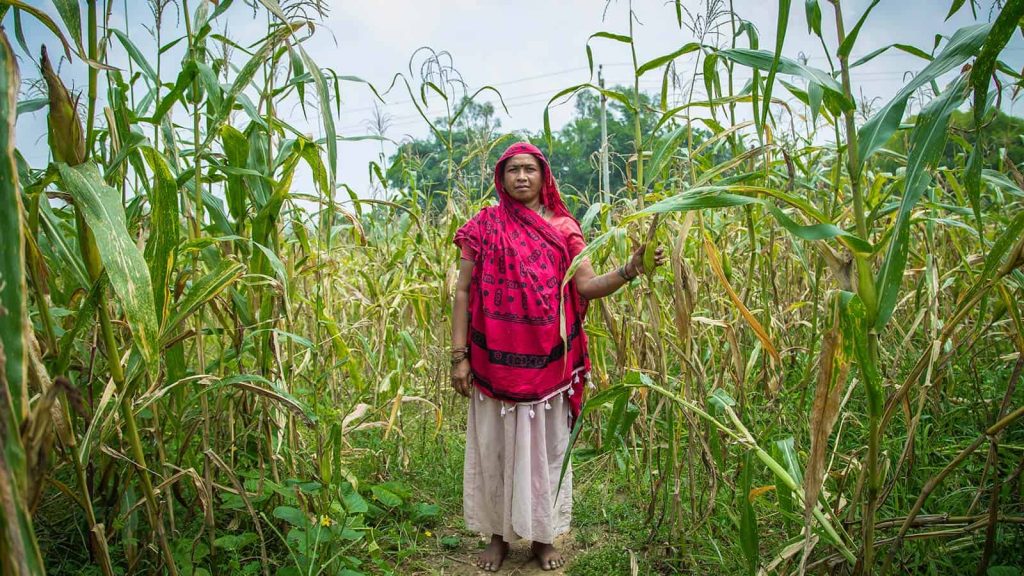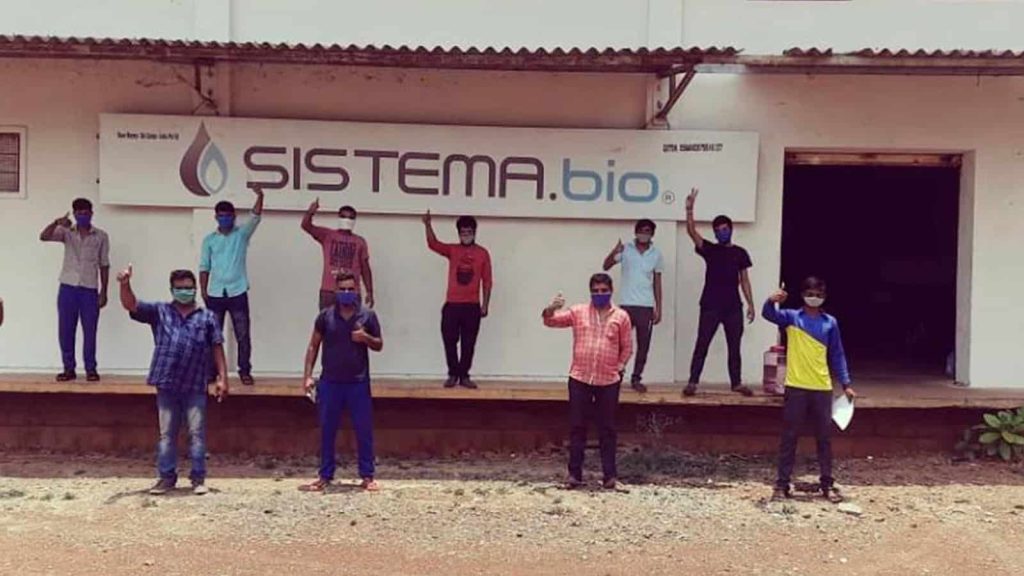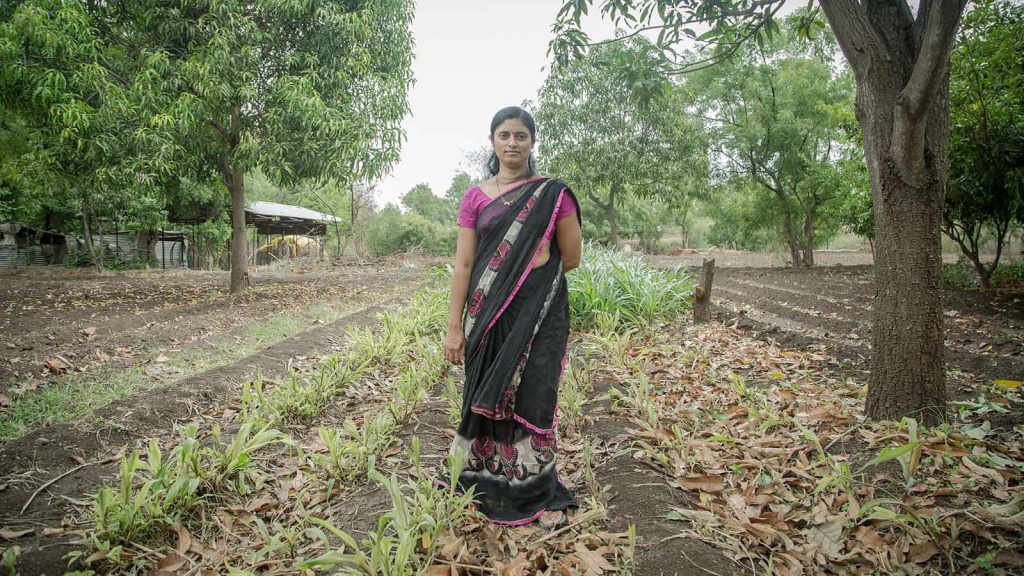By Elena Coll
Over the past few months, the global reality has changed. The pandemic has turned lives, hospitals, societies and economies upside down. As a company that works directly with farmers and their families, it is important for us to have a clear picture of how the pandemic and its consequential financial crisis are affecting the thousands of people that live off farming.
Agriculture plays a huge role in Indian livelihoods, with around 140 million farming households. 70 percent of rural families still depend primarily on agriculture for their livelihoods and 85 percent of all Indian farmers are small and marginal. In a society where agriculture plays such a big economic and cultural role, transport restrictions and price crashes have the potential to be catastrophic.
Sistema.bio has been in India for three years now, and we have had the opportunity to work on massive projects around the country. For us to understand how to move forward in this crisis, we have collected some information on the implications this crisis has had on small farmers in India. Here we will share our key findings, in the hopes of rousing our creativities toward finding potential solutions.
- Lockdown arrived at the worst possible moment for Indian farmers
There are two cropping seasons in India, Kharif and Rabi. India’s country-wide lockdown arrived right at the peak of Rabi harvesting, when crops like wheat, chickpea, potatoes, lentils and mustard were ready to be harvested. March and April are critical months for Indian farmers, since it is the time that all harvests reach the Mandis, or market yards. Sales from the Rabi harvest allow farmers to buy the farming inputs they need (like seeds and fertilizer) to begin sowing for Kharif season. Empty markets mean that farmers will have no income, and therefore no access to the inputs they need to continue their work.
- There are not enough hands working in the fields
Like many developing countries, India has a high volume of landless farm laborers –54.9 percent of all agricultural labor falls into this category. Migration, especially internal, plays a major role in this sector, with hundreds of laborers migrating back and forth in harvesting and sowing seasons. With transportation stopped and borders closed, laborers have lost their income and farmers have lost their workforce. Daily wages have gone through the roof, with rises that go as high as 50% in some areas.

- With empty markets, production costs are too high
As the novel coronavirus started to spread through Asia, foods like rice and wheat saw a rise in sales due to people stockpiling non-perishables. But the opposite has happened with fresh produce. With incomes collapsed across the country, families have reduced their consumption of fruits, vegetables and animal proteins. Not only has the population’s consumption diminished, but with hotels and restaurants closed, the demand for fresh produce, sugar, eggs and milk has nearly vanished. Prices of vegetables have dropped 15-20%. Labour being scarce and expensive, the cost of harvesting crops and transporting it to the markets is too high, especially when taking into consideration that sales are so low. There have been numerous reports of farmers burning their crops in lieu of letting them rot.
- Each farm faces specific challenges
Just like we saw with our LATAM users, different farms face different crises. With everything we saw in the paragraphs above, it is also clear that farmers will face different obstacles depending on what they produce. Crops that can be mechanically harvested, such as wheat or paddy, might not have as many issues as fresh vegetable crops since they don’t rely as much on manual labor. Dairy farms see excess in their production every day, with milk demand reduced drastically and prices for butter, ghee and other dairy products dropped. Finally, misinformation has led to great losses for poultry farmers, since there seems to be a general misconception that poultry products carry the virus. This is certainly not true. However, the overpopulation of animals in farms due to transportation and market restrictions does endanger the health of both animals and farmers.
- India is facing the biggest locust plague in 25 years
To make matters worse, in recent weeks huge swarms of locusts have arrived in different parts of India. Locusts have a long history of invading countries and devastating fields. For farmers, this locust infestation means enormous losses in an already precarious panorama. For the rest of the country, this means an even bigger threat to national food security. According to scientists, this particular plague is a result of global warming, since warm weather and increased rainfall seem to create “an ideal condition for the breeding of locusts.” The Indian government is working toward controlling the infestation,with the hopes of eliminating the plague before it breeds and focusing on ensuring a safe environment for farmers to make the most of their kharif crops.
As we can see, both in the market and in the field, everything is connected. Just like plants need water to grow, farmers need active economies to feed the world. And they also need systems that ensure access to all the inputs they need for their work. At Sistema.bio, we believe that the new world, the one that we will build after this crisis, needs to have sustainability, community and resilience at its core. We need to support our smallholder farmers around the world to become resilient and self-sufficient farms by incorporating technologies and farming practices that enable their independency, and we need to continue working toward creative solutions that take care of our planet and help restore the balance between human and nature. We want more farmers producing their own inputs, more farming networks ensuring safe jobs and dignified wages. We want sustainable farming practices that work for the planet as well as the farmer. We want more support for small farmers and better practices for our wonderful planet.

